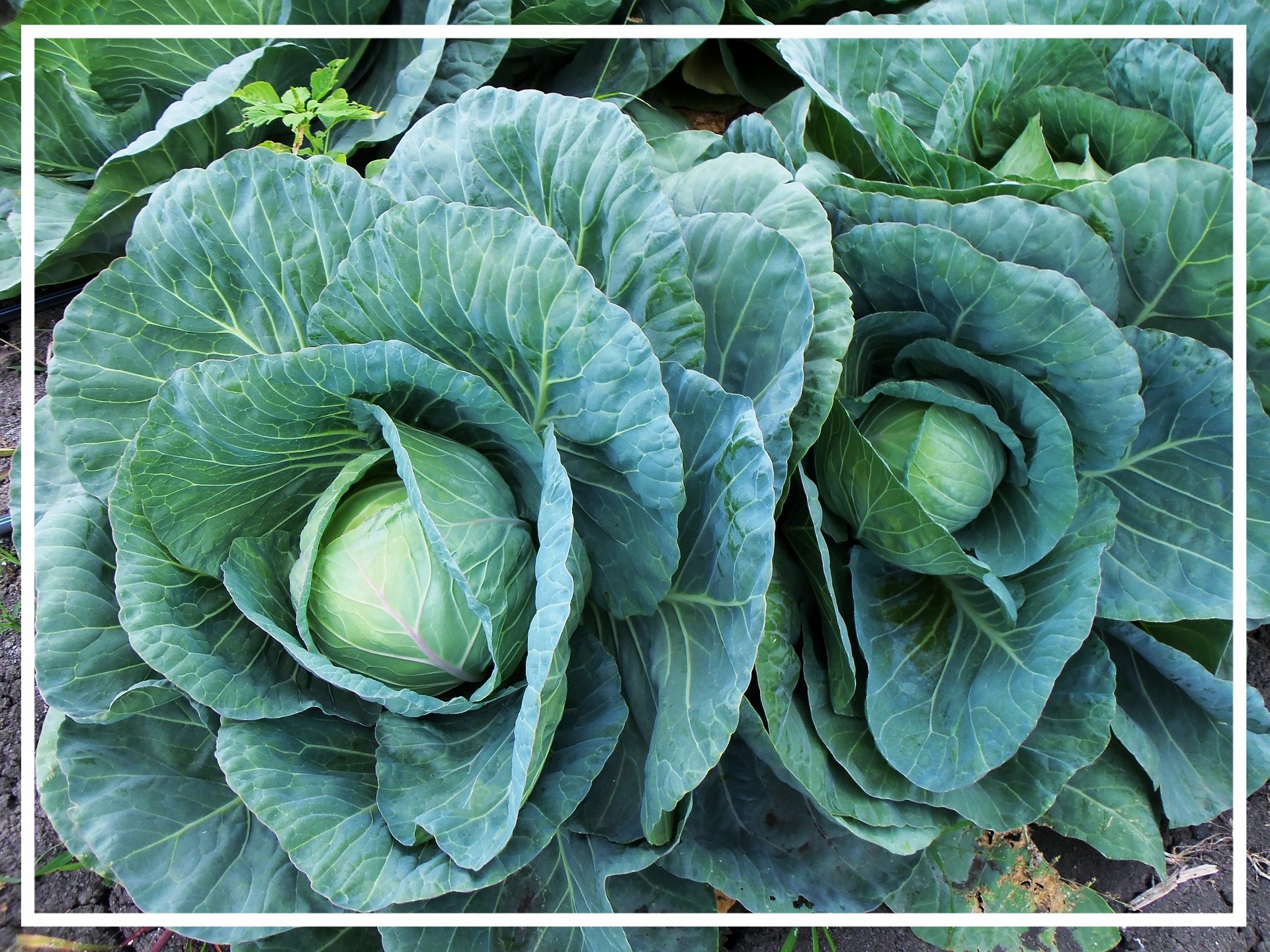Worm bins are one of the most common methods of indoor composting. Also known as vermicomposting, worm bins are great for apartments and offices with no outdoor space and climates where cold temperatures preclude winter composting. They’re also a great tool to get younger children engaged in composting with their accessible and dynamic ecosystem.
What to Feed Your Worms
Worms tend to avoid plants in the brassica family.
Contrary to their reputation, worms are not able to eat anything and everything you put into a worm bin. Large quantities of citrus should be avoided, as it contains a compound poisonous to worms. Brassicas (cabbage, kale, broccoli, cauliflower, Brussels sprouts, turnips, etc.) and alliums (onions, garlic, shallots, scallions, leeks, chives, etc.) are generally disliked by worms, and they often eat them so slowly that they begin to rot in the worm bin—plus, they are typically strong-smelling food scraps to begin with. Similarly, meat, dairy, and fats go rancid so quickly that they become a nuisance in a typical worm bin, producing foul odors and attracting unwanted pests.
While worms can certainly break down food, their systems are not capable of killing harmful pathogens like a hot compost pile would. For that reason, it’s important not to add dog or cat (or human!) waste to a worm bin. Like worms, their digestive systems process food too quickly to destroy harmful parasites or bacteria. In addition, try to avoid adding any non-biodegradable materials to the worm bin, like rubber bands and produce stickers. While they won’t normally hurt the worms, they also won’t decompose at all and will cause trouble for you with your finished vermicompost.
Types of Bins
Worm bins can come in many forms, but there are few things that are important to consider in any design. Worms breathe through their skin and need to stay moist to do so, and dark, damp environments keep them from drying out. They thrive at moderately warm temperatures and should be protected from extreme heat or cold. While worm bins should be covered to prevent excessive moisture loss, they do still need to admit enough fresh air for the worms to breathe.
Almost as important are considerations of your own needs. Is your bin sized appropriately for the amount of food waste you’ll be feeding your worms? Will it fit in the space you have available to store it, or is it something you’ll be happy looking at if it’s out in public? Do you want a system that naturally separates the worm castings from the active worms, or are you willing to do that yourself? Do you have the time and resources to DIY your bins, or are you looking for something ready-made?
A basic worm bin can easily be constructed from a single plastic tote with ventilation holes, but many people prefer a style that simplifies the process of harvesting the worm castings. Most commercially available worm bins feature a multi-level system that allows worms to migrate from one area to the next. Worms go where the food is, and simply adding a new level with bedding and food will draw them in, leaving the finished castings behind. In addition to ready-made bins, this style of bin is easy to make at home with a series of of buckets or bins.
Worm bins can be used outdoors as well, although freezing temperatures will be fatal. Bins that give the worms direct contact with the ground will allow them to migrate below the frost line, but if you want to give your worms in enclosed bins a chance, you’ll need to either release them or bring the whole bin inside. Worm eggs, on the other hand, can make it through harsh winters, so even if you lose all your worms, you have a good chance of a fresh population in the spring.
Outdoor worm composting can be as simple as tossing your food scraps in pile and waiting for the worms to arrive. Predators, however, become an issue for outdoor worm bins, so some type of lid or cover is advised. Many outdoor worm bins that are available to purchase do double duty as benches or stools, with attractive wood exteriors. Worm tubes, where a perforated tube is buried vertically in the garden with its end exposed, are another option for outdoor worm composting. Food scraps are dropped into the open end of the tube to feed the worms, who enter and leave the tube freely, aerating and fertilizing the surrounding garden soil in the process.
Troubleshooting Worm Bins
Like any form of composting, worm bins don’t always function according to plan. With a box of living animals, however, the stakes are a little higher than with a standard outdoor compost pile. Below are a few common worm bin problems encountered and some ways to remedy them.
Too Much Moisture: One of the most common problems for vermicomposters is the accumulation of water in the worm bin. The water can come from many sources, but it can also be remedied a number of ways. Some people set up their worm bins so that any excess liquid drains out and is captured outside the bin. You can also physically remove the water from bins without drainage, whether by carefully tilting and pouring or using a turkey baster. The liquid removed is rich in nutrients and can be used to fertilize plants in the garden or indoors, as long as it is removed before it goes rancid. You can also mitigate moisture issues by adding more dry bedding to the worm bin and halting the addition of water-rich food scraps, like melons or lettuce, until a better balance is achieved.
Rotting Food: Rotting food can be the result of giving your worms unsuitable materials like dairy and fats, but it can also result from simply feeding the worms too much food in general. If there is more food than the worms can handle, some will inevitably start rotting before they ever have a chance to get to it. For one-off events like a party or the holidays, the extra food can be rationed and frozen so that it can be fed to the worms gradually. If you’re dealing with a chronic overfeeding problem, however, it may be time to invest in a larger system or an additional bin.
Flies: One of the most annoying problems with worm bins is certainly the tiny flies they can attract. Some food waste may have fly eggs or larvae on the surface, which later hatch in the worm bin. The decomposing food can also provide a welcome spot for nearby flies to lay their eggs. Covering the ventilation holes with a fine mesh can help, although there will still be opportunities for flies to enter and exit when you open the bin to add food. Burying the food you add under a layer of bedding will also go a long way towards reducing the odors that attract flies. Finally, freezing food waste before you add it to the worm bin will kill any eggs—just let it thaw before adding it to the worm bin.


